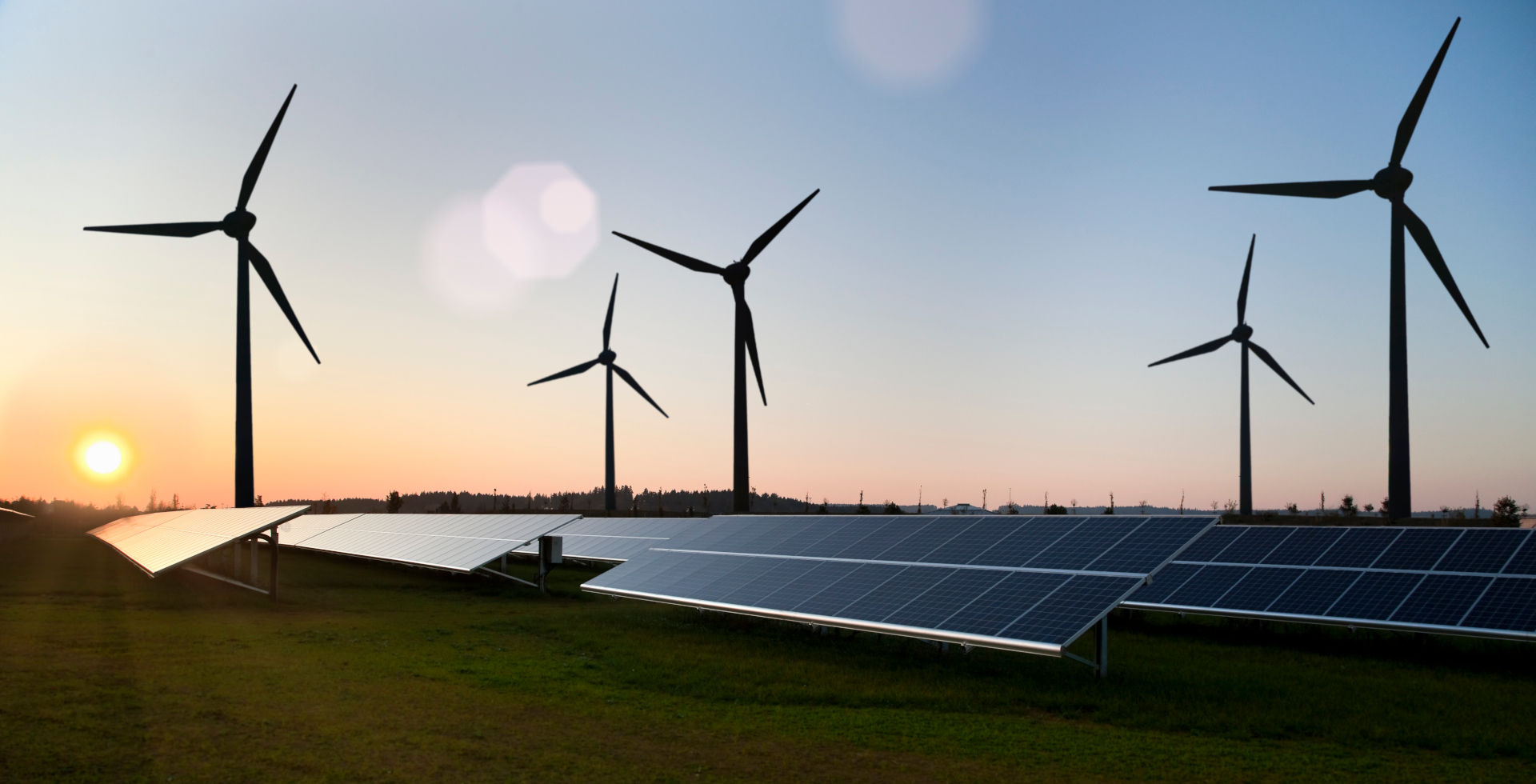
Summary
This Chinese New Year, more than a billion people globally will celebrate the Year of the Rat. We believe investors everywhere can also find reason to celebrate China as a source of continued economic growth. Even if US-China tensions linger, China’s heavy investment in advanced manufacturing and regional partnerships should strengthen its position as a global economic powerhouse in the years ahead.
Key takeaways
- The Year of the Rat could point to another longer-term period of strategic growth for China
- We think many of Beijing’s top policy priorities could benefit the country’s domestic asset markets, particularly China A-shares
- China’s central bank is aiming to restore the country’s financial system to health by reducing debt – not by employing quantitative easing and ultra-low interest rates
- China will likely try to maintain a steady currency to ensure its purchasing power and consumption
- Some of China’s most interesting investment themes include 5G, electric vehicles, health care, e-commerce and retail
China is still on track to become the world’s largest economy
In the 12 years since the last Year of the Rat, China doubled its GDP and delivered an average annual growth rate of 7%. A slowdown seems all but inevitable, especially given China’s rapid accumulation of debt since the 2009 global financial crisis. But even if China’s 2020 growth dips to the 5.9% level predicted by the World Bank, it will still easily beat slow-growing Europe, Japan and the US. In the medium term, growth of around 4% per year would still represent great progress for China and its citizens.
Longer term, President Xi Jinping is successfully executing a strategy that aims to make China the world’s largest economy by 2049 – the 100-year anniversary of the Communist Party taking power. Investors would be wise to assume that Mr Xi will continue making the right decisions to help China reach its goal.
What to watch in the Year of the Rat
Made in China 2025: Chinese manufacturing is moving up the value chain
The “Made in China 2025” initiative is designed to ensure China can compete with the US and other developed nations in higher value-adding, advanced-manufacturing sectors such as robotics and aviation. This should help China avoid falling into the middle-income trap that has beset other emerging economies that still focus on apparel, consumer electronics and other lower-value products.
Trade and investment: US-China tensions will likely continue
China’s entry into the World Trade Organization in 2001 was widely welcomed – including by the US. But more recently, US policies have led to trade wars that slowed growth globally. Fortunately, there have been signs that US-China trade hostilities may be winding down. The US reversed its decision to label China as a currency manipulator, and the US and China signed the first phase of a deal that suspends planned US tariffs in exchange for China agreeing to purchase more US goods. These New Year’s gifts will surely be welcomed in Beijing, but we don’t expect an end to overall tensions between the two countries. The US-China “tech cold war” continues as each country develops its own tech ecosystem. And China will keep trying to form new trading relationships with other nations, especially since its growth depends on oil, gas, coal and other commodities. China’s “belt and road” initiative of regional investment should provide it with long-lasting supply routes – and perhaps make other countries less reliant on the US as they form stronger ties with China.
Technological development: China’s transformation is driven by innovation
As China moves away from exports and trade, its high-tech sector is growing rapidly. As the following chart from IPlytics shows, China already holds one-third of key 5G patents. And according to the World Intellectual Property Organization (WIPO), almost half (46%) of the 3.3 million patent filings around the world are in China. The majority of patent applications come from private companies, which points to the strength of China’s private sector.
Moreover, Asia as a whole is benefiting from an influx of private-sector capital, receiving 41% of global venture-capital funding in 2018, according to WIPO. China also has its own mega-cap tech giants, the BATs (Baidu, Alibaba and Tencent), whose influence is growing across the region.
Exhibit 1: China has one-third of key 5G patents
4G and 5G patents by country (% of total)
Source: IPlytics. Data as at March 2019. 5G is an ultra-fast wireless telecommunication standard said to be up to 100 times faster than 4G.
Monetary policy and deleveraging: China is on a difficult but more effective path
The People’s Bank of China (PBoC) is intent on improving the country’s savings and investment habits while reducing its debt levels, which soared from 141% of GDP in 2008 to 244% in 2017, according to the Center for National Balance Sheet. Since then, debt levels have stabilised and moved up only slightly, reaching 250% by mid-2019. Moreover, as the next chart shows, accounting practices are improving: fewer companies are obscuring their liabilities with off-balance sheet financing. Overall, the PBoC’s commitment to allowing defaults to rise and weak banks to close is clearly different to Western central banks’ focus on providing ultra-low rates and more monetary stimulus. Moreover, we believe the PBoC’s approach will be more effective in supporting the country’s long-term economic growth and structural reforms.
Exhibit 2: Accounting practices are improving in China
Off-balance-sheet financing (monthly flows and year-over-year balance)
Source: The Center for National Balance Sheet. Data as at August 2019.
Sustainability: China knows the importance of reducing its environmental footprint
We expect China will begin addressing in earnest the environmental downside of its remarkable economic growth. If government investment in renewable energy and a reduction in carbon emissions are coupled with continued economic growth and rising wages, the result will be a tangible improvement in the quality of life for China’s 1.4 billion citizens.
Demographics and urbanisation: China is lifting restrictions to improve the quality of life
Like many countries with top-performing economies, China has an ageing population – exacerbated by its previous “one-child” policy. But the birth rate is rising somewhat and China is intent on spending more on education for younger generations than on public welfare for the elderly. Moreover, China is attempting to boost migration to fast-growing cities by lifting restrictions on where citizens can work or own property. We expect to see enormous growth in dense city-clusters around Beijing, Shanghai, Shenzhen and other cities. This will create huge infrastructure demands, but it could also free up more land for agriculture – and perhaps make China less susceptible to global economic trends or trade friction.
Investment implications
The combined effect of these initiatives and trends could make the Year of the Rat a positive one for investors. And beyond this coming year, China seems set to enjoy a prolonged period of continued economic growth. As we’ve said for some time, it’s not a question of whether investors should buy China – in our view, the better question is rather how much they should own. With that in mind, here are some of our top investment ideas for the Year of the Rat and beyond:
- China’s policies should continue supporting China A-shares – companies listed on stock exchanges in Shanghai or Shenzhen.
- As China’s advanced manufacturing sector grows, high-tech areas such as robotics and electric vehicles could benefit.
- Urbanisation will require vast infrastructure investment in rail, water, power, education, health care and housing.
- If the PBoC is successful keeping China’s currency stable, it should support purchasing power and help China “rebalance” its economy towards domestic consumption rather than exports and trade. The domestic services, property, retail and e-commerce industries could benefit.
Interested in Allianz China A-Shares? Read more here!
Investing involves risk.The value of an investment and the income from it may fall as well as rise and investors might not get back the full amount invested.
For investors in Europe (excluding Switzerland)
This is a marketing communication issued by Allianz Global Investors GmbH, www.allianzgi.com, an investment company with limited liability, incorporated in Germany, with its registered office at Bockenheimer Landstrasse 42-44, 60323 Frankfurt/M, registered with the local court Frankfurt/M under HRB 9340, authorised by Bundesanstalt für Finanzdienstleistungsaufsicht (www.bafin.de). Allianz Global Investors GmbH has established branches in the United Kingdom, France, Italy, Spain, Luxembourg and the Netherlands. Contact details and information on the local regulation are available here (www.allianzgi.com/Info).
For investors in Switzerland
This is a marketing communication issued by Allianz Global Investors (Schweiz) AG, a 100% subsidiary of Allianz Global Investors GmbH.

Summary
The build-out of renewable energy projects in Switzerland has taken a different trajectory to most of the country’s neighbours. However, there are some of the same forces at work in Switzerland driving the Swiss energy transition. The revised Energy Act referendum of 21 May 2017 (Energiegesetz) states as its goals: (i) to reduce energy consumption, (ii) to increase energy efficiency, (iii) to support renewable energies and (iv) the prohibition of building new nuclear facilities.¹ Europe has seen the renewable sector grow from dependence upon government support policies, designed to springboard various generation technologies, to standalone independent business models that, in many cases, no longer need any state intervention whatsoever.² The renewable energy market in Switzerland has also experienced a similar trend, in particular with regard to solar energy.
|
Key takeaways
|











